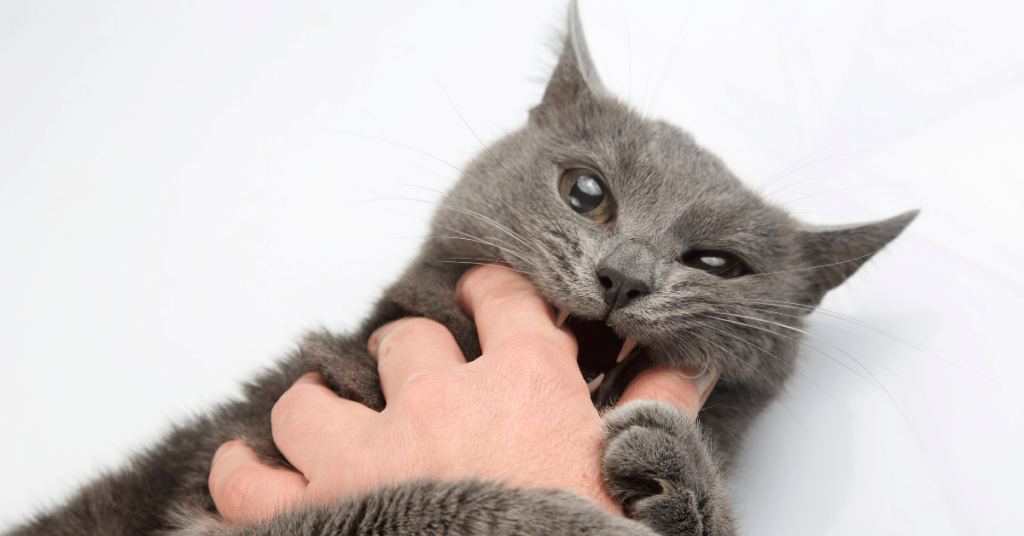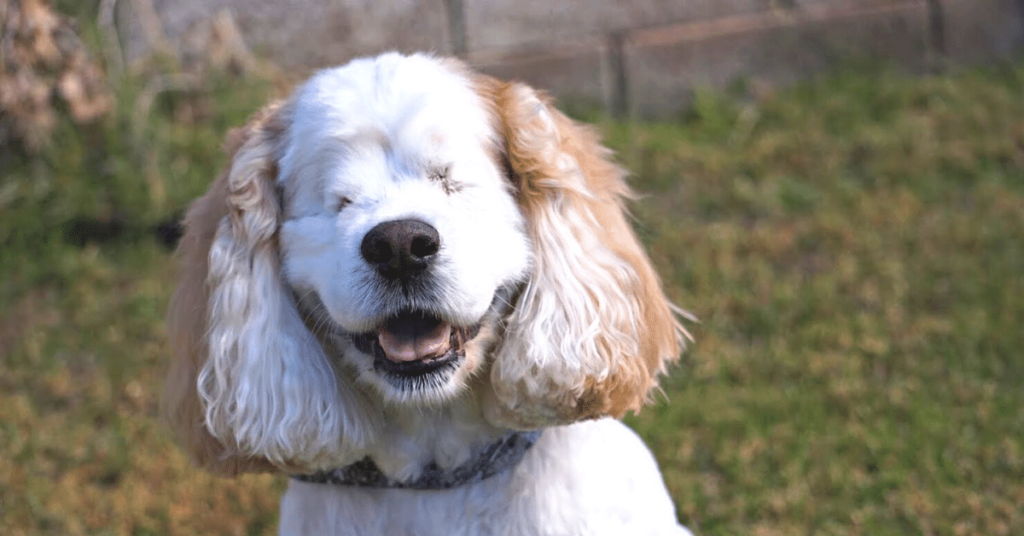Introduction
Communication is a vital part of any relationship, and it’s no different when it comes to our pets. While they may not speak our language, our furry friends have their own unique way of expressing themselves. Understanding your pet’s body language can provide valuable insights into their emotions, needs, and overall well-being. In this article, we’ll explore the fascinating world of pet body language and provide you with helpful tips on decoding your beloved companion’s non-verbal cues.
Why Understanding Pet Body Language Matters
Our pets rely on non-verbal cues to convey a wide range of messages. By understanding their body language, we can deepen our bond with them and ensure their needs are met. It’s particularly crucial for pet owners to recognize signs of stress, fear, or discomfort in their pets to avoid potential aggression or health issues. Additionally, interpreting their body language appropriately allows us to communicate effectively, leading to a happier and healthier pet.
Dog Body Language
Dogs are known for their expressive faces and body movements. By paying attention to their cues, we can better understand their emotions and intentions.
Facial Expressions
A dog’s face can reveal a lot about their current state of mind. For example, flattened ears and a tucked tail indicate fear or submission, while a relaxed mouth and soft, warm eyes signify contentment. It’s important to note that each dog is an individual, so familiarizing yourself with your pet’s unique facial expressions is crucial for accurate interpretation.
Body Posture
A dog’s body posture can communicate a variety of messages. When a dog stands tall with a stiff body and raised hackles, it may signal aggression or an attempt to appear larger. On the other hand, a relaxed, loose body with a wagging tail typically indicates a friendly and happy demeanor. Understanding these nuances is vital for providing appropriate responses and ensuring your pet feels safe and secure.
Cat Body Language
Cats are masters of body language, relying on subtle movements and gestures to convey their feelings. Here are some key aspects to observe when trying to understand your feline companion.
Tail Movements
A cat’s tail movement can be highly informative. A gently swaying tail indicates relaxation, while a rapidly thrashing tail signifies agitation or aggression. An upright, puffed-up tail often suggests fear or surprise. Paying attention to these subtle cues can help you respond appropriately to your cat’s emotions and ensure a harmonious relationship.
Ear Position
Cats use their ears to communicate their mood. When a cat’s ears are forward and upright, it usually indicates a friendly or curious state. Conversely, flattened or backward-facing ears suggest fear or aggression. By observing your cat’s ear position, you can gain insights into their current emotional state and adjust your interactions accordingly.
Other Common Pet Body Language Cues
While dogs and cats are the most common pets, it’s important to understand that different animals have their own unique body language. Here are some general cues found in various other pets:
Rabbits
Rabbits often communicate using their ears. Ears held tightly against their body indicate fear, while relaxed, upright ears show contentment. Additionally, thumping hind legs can be a sign of danger or stress.
Birds
Birds express themselves through vocalizations, feather fluffing, and body posturing. Pay attention to changes in their posture, such as puffing up their feathers or crouching low, as it could indicate discomfort or fear.
Reptiles
While reptiles may seem less expressive, they still have their ways of communicating. For example, puffing out their throat or changing skin color can signify aggression or stress. It’s important to research specific non-verbal cues for each type of reptile to ensure proper interpretation.
Tips for Decoding Pet Body Language
Understanding pet body language takes practice and patience. Here are some tips to help you improve your skills in decoding your pet’s non-verbal cues:
- Observe and Learn: Spend time closely observing your pet’s behavior and taking note of different body language cues.
- Educate Yourself: Read books or articles specific to your pet’s species to gain a deeper understanding of their natural behaviors and body language.
- Look for Consistency: Pay attention to recurring patterns in your pet’s body language and associate them with certain emotions or needs.
- Consider Context: Understand that body language can vary depending on the situation. For example, a wagging tail might indicate happiness during playtime but could signal anxiety in other situations.
- Seek Professional Help: If you’re struggling to understand your pet’s body language or have concerns about their behavior, consult a professional animal behaviorist or trainer who can provide expert guidance.
In Conclusion
Decoding your pet’s body language is a valuable skill that can greatly enhance your relationship with them. By paying close attention to their cues, such as facial expressions, body postures, tail movements, and ear positions, you can gain insights into their emotions, needs, and overall well-being. Remember to be patient, seek knowledge specific to your pet’s species, and consult professionals when needed. Ultimately, the effort invested in understanding and communicating effectively with your pet will lead to a stronger and more fulfilling bond between you.







